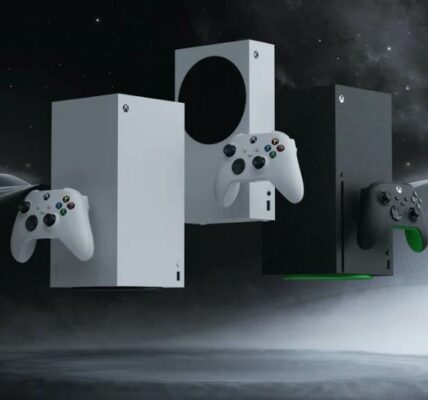CUPERTINO, CA – In a strategic move to refine its product lineup and cater to a wide range of users, Apple has officially discontinued its 13-inch MacBook Pro model. This move follows the recent “Scary Fast” event, which introduced a sweeping refresh of the entire MacBook Pro range, addressing a longstanding issue in Apple’s product portfolio.
Apple embarked on its transition to the ARM-based Apple Silicon chipset back in 2020, showcasing the M1 MacBook Air, M1 Mac Mini, and M1 MacBook Pro. The primary objective was to assure users that despite the chipset upgrade, their computing experience would remain unaltered. The new silicon promised enhanced speed, superior performance, and cooler-running devices, while ensuring compatibility with existing apps, thus preserving a sense of familiarity and a seamless transition.
The 13-inch MacBook Pro was instrumental in embodying this approach, serving as an intersection between a speedy Apple Silicon-powered laptop and the convenience of a highly portable consumer device. It represented a comfortable bridge between the two worlds. During the initial stages of the Apple Silicon transition, this strategy proved to be effective.
However, as time progressed, Apple unveiled genuinely professional-focused laptops in the form of the 14-inch and 16-inch MacBook Pro models. These laptops featured a new design, improved hardware, and the formidable M1 Pro and M1 Max chips. In direct comparison to these powerhouse laptops, the 13-inch MacBook Pro seemed not just modest but nearly indistinguishable from the 13-inch MacBook Air in terms of performance, aesthetics, and pricing. The 13-inch MacBook Pro transitioned from being “the embodiment of a MacBook Pro” to “a MacBook Air with an attached fan and a different label.”
Surprisingly, Apple continued to market the 13-inch MacBook Pro despite this shift in the market.
The launch of the M2 presented Apple with an opportunity to fine-tune its product lineup. The M2 MacBook Air effectively catered to the consumer segment, offering more than enough power for most users. Simultaneously, the 14-inch and 16-inch MacBook Pro models provided a high-performance solution for professional users, boasting the M2 Pro and M2 Max chipsets, with the Mac Studio being available for users requiring even more power. The 13-inch MacBook Pro, equipped with an extra fan and delivering marginal performance gains at a considerable premium, appeared out of place.
However, even with the introduction of the M2 lineup, Apple opted to retain the 13-inch MacBook Pro in its portfolio.
Finally, with the launch of the M3 family, Apple seized the opportunity to streamline its product offerings. This series included the M3, M3 Pro, and M3 Max variants. Though the shifts were not drastic – consistent with Apple’s gradual approach – the simultaneous introduction of standard Apple Silicon, Pro, and Max versions allowed a comprehensive makeover of the MacBook Pro series. The existing 14-inch and 16-inch models received substantial upgrades to the M3 Pro and M3 Max chipsets, aligning with the promises made during the “Scary Fast” event.
Subsequently, Apple has decided to discontinue the 13-inch MacBook Pro, which had, over time, grown incongruous with the product range. In its place, Apple now offers a 14-inch MacBook Pro featuring a basic M3 chipset and only 8GB of RAM.
The end of the 13-inch MacBook Pro signifies a notable shift in Apple’s product strategy, wherein the oversized MacBook Air has been replaced with a less potent MacBook Pro. This transformation underscores Apple’s commitment to providing a seamless user experience and maintaining a dynamic product portfolio that caters to the diverse needs of its customers.















